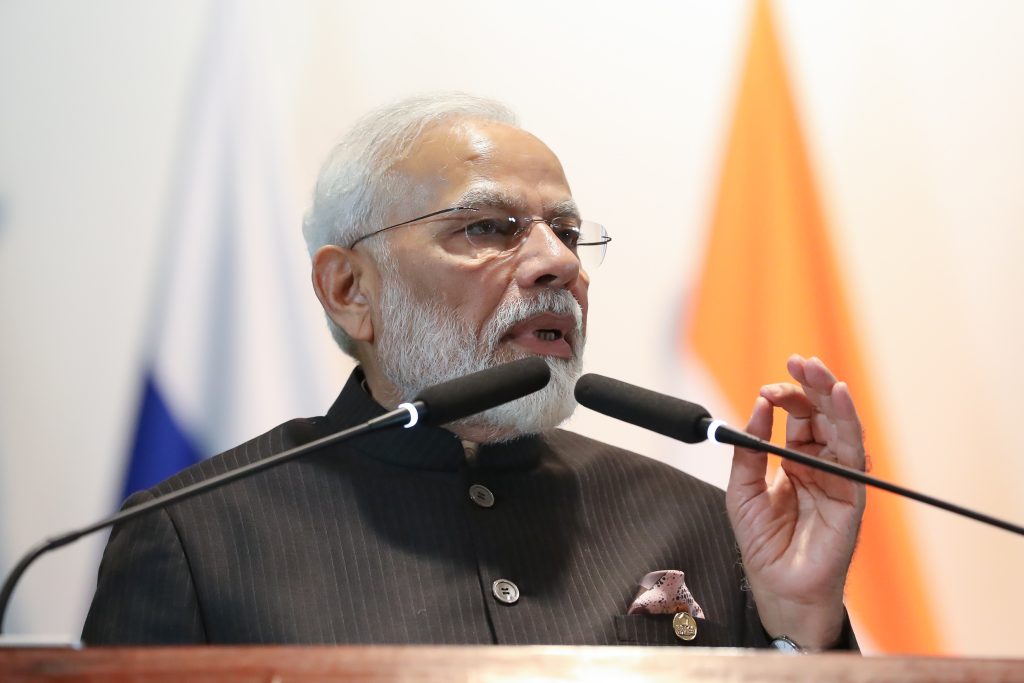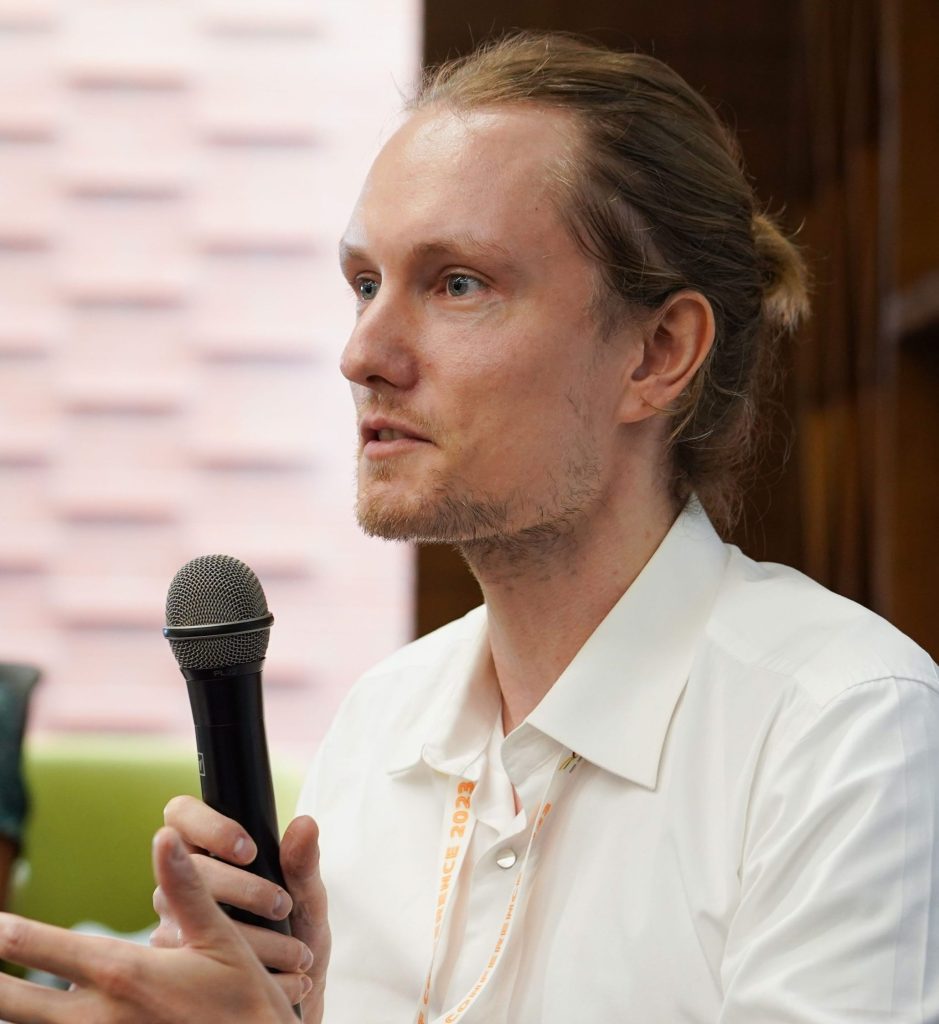Modi’s Monopoly: India’s Political Diversity is Dwindling
The world’s largest democracy is headed for the polls. But even before the election in India concludes, it is almost certain that Narendra Modi will be the one and only winner. The prime minister has consolidated his power and pushed political alternatives to the brink of insignificance. How did he manage to do that?
Between April 19 and June 1, more than 900 million eligible voters in India will be called to the polls. The parliamentary election, which takes place every five years, decides on a new majority in the lower house of the Indian parliament (Lok Sabha), which in turn nominates the prime minister. The Indian People’s Party (BJP) and its top candidate Narendra Modi clearly won the last two elections in 2014 and 2019 and in the last election, the BJP even achieved a historic absolute majority. Even after ten years in office Narendra Modi remains without serious competition on the national stage. After more than a decade of relative failure for his party in the early 2000s, he is the key reason for its continued success.
Modi’s mission is to largely leave behind the political legacy of the state’s political and constitutional idols and to establish a new vision of and a new identity for India. In the eyes of many BJP supporters, the previously dominant Indian National Congress, which was shaped by Mahatma Gandhi and Jawaharlal Nehru, promoted corruption and patronage politics for too long. Against this background, Modi presents himself as a hands-on, self-made man who dedicates his entire life to the Indian state. According to the Bertelsmann Transformation Index (BTI), Modi and the BJP emphasize three central components in their political agenda: a dominant Hindu culture, deeper integration with international markets and the expansion of public investment and social programs.
Between political prudence and radical ideology
The rise of Narendra Modi initially goes back to his long-standing involvement in Hindu nationalist organizations. As Prime Minister, Modi positions himself as the political and spiritual leader of the Hindu nationalist movement. At the heart of these efforts is the idea of a Hindu guiding culture (Hindutva), which provides a framework for socially acceptable and undesirable behavior, and according to which representatives of the media and civil society are expected to act. With references to ancient scriptures such as the Mahabharata and the Ramayana, the government promotes a national self-image that characterizes India as an ancient force of civilization. In this context, Muslims in particular, who make up 14 percent of the population, are increasingly becoming second-class citizens – and while even more radical fundamentalist forces have gained influence since 2014, Modi is increasingly trying to project the image of a level-headed and reasonable head of government within his political movement.
Modi’s second promise is directed at the country’s economic elite. Since the first wave of liberalization in the early 1990s, there has been a steadily growing interest in free trade with strategic partners and greater participation in globalization in India. For economic liberals, Modi is seen as a great hope in this respect by liberalists, as he is striving for a pragmatic trade policy that strengthens India as a business location and enables Indian companies to better participate in international supply chains in the future. The decision by US tech company Apple to relocate parts of its iPhone production from China to India is emblematic of this ambition to increase India’s economic relevance and integrate it into global value chains. And yet, Modi’s government has in fact done little to promote economic liberalization, especially in recent years. Most recently, the Modi government has even reverted to an import substitution policy in parts, with which it is supporting tendencies towards increasing protectionism.
The third pillar of Modi’s political strategy is the wide range of social programs he has co-initiated. These include projects that combine technological development and development policy objectives. For example, the establishment of a digital ID card (Aadhaar) for almost 1.4 billion citizens in India, which is emblematic for India’s ambition to become a digital superpower, who grants equal internet access to everyone. Moreover, Modi’s strategy also encompasses election gifts to voters, which have proven to be an effective election campaign tool in India for some time now. For example, Modi recently announced price reductions for gas cylinders in order to appeal to economically weaker sections of the Indian electorate.
Liberalization or isolation?
Against this background, anyone who wants to beat the BJP and Modi at the ballot box in the future will not only have to present new candidates that can take on Modi, but also offer clear alternatives on issues of political identity, economic policy and social policy. Especially, because these three policy areas are closely linked to the prime minister’s political skill, charisma and leadership style in the eyes of the electorate. Skills that have also helped Modi to mask the fact that the three policy fields are not exactly in harmony with each other.
Should Modi win the election, and should he face an economic or security crisis in the future, it remains to be seen how he would prioritize his three promises. Would India, for example, experience a further push towards liberalization, as was the case after 1990? Or could new economic challenges lead to an even stronger import substitution policy in India? In view of the recently published Bertelsmann Transformation Index, both options appear to be realistic scenarios. For future governments in India, dealing with these questions means confronting the discourses and theses that the country’s most powerful politician has set in recent years. After all, which of Modi’s three central promises will ultimately be more successful will also play a decisive role in determining which foreign policy India will pursue in the future.

